In preclinical efficacy studies, several factors are often overlooked, and it is important to evaluate variables like sex, age, species, comorbidities, and genetic background. Incorporating these considerations early on improves the translatability of findings to clinical settings and ultimately improves drug effectiveness. In translational studies, simplifying the complexities related to variables such as sex and age is not viable. These factors must be considered when designing efficacy studies, both in vitro and in vivo. By addressing these factors during the planning stages of preclinical studies, researchers can save time and resources when transitioning to clinical studies. MD Biosciences is invested in studying the effects of diversity in preclinical studies.
Importance of Comorbidities
It is crucial to include comorbities in preclinical studies as they reflect the real-world complexities of disease. Comorbidies, which involve the presence of multiple medical conditions in a patient, can have a significant impact on disease progression, treatment response, and overall health outcomes. By including comorbidies in preclinical research, researches can gain a better understanding into disease mechanisms and develop more effective therapies.
For example, clinical studies demonstrate that stroke mostly occur in older populations with comorbidities like obesity, diabetes, and hypertension. However, preclinical studies often utilize young, naïve, male animals of the same strain, focusing solely on infarct size without extensive randomization or blinding. By incorporating diverse age groups, comorbidities, and sex in preclinical models, researchers can better model clinical situations and improve drug development to the clinic.
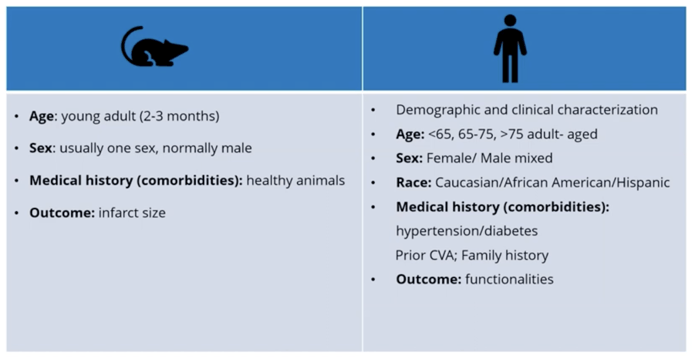 Figure 1: Differences in preclinical versus clinical studies
Figure 1: Differences in preclinical versus clinical studies
Age-sensitive assays in studying Spinal Cord Injury
In most cases when studying spinal cord injury in vitro, newborn animal tissue cultures are most commonly used because they are more available and easier to run than adult models. They grow fast, with an abundance of connections and neurite outgrowth. This can be detrimental to translational research since adult neurites grow at a much slower rate. Although adult studies have longer study durations they are more relevant to studying spinal cord injury. MD Biosciences has optimized this assay to better mimic the human condition of SCI by running it in adult tissue cultures. This assay closely replicates the micro-environment of the glial scar and is a better predictor of drug success.
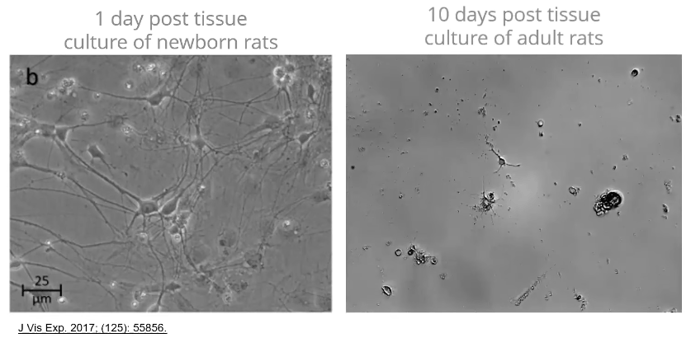
Figure 2: in vitro spinal cord model 1 day versus 10 days post-culture
Sex Differences in Pain Studies
Sex differences play a significant role in translational research and is not addressed enough in preclinical studies. For example, preclinical efficacy studies, especially in pain, are predominantly performed in male species. However, there has been recognition of the importance of including both sexes in studies to better understand pain perception and response to treatments.
We have found that females are at higher risk for developing more intense pain after surgery and developing chronic post-operative pain. This is due to the fact that chronic pain is mediated by microglia in the spinal cord in males, but mediated by T cells in females. In post-operative pain models, we measured pain response using the von Frey method to see pigs' responses to mechanical stimuli. The study showed that even before surgery, females exhibited a higher response to filaments than males. Two hours after surgery, females were found to be more sensitive. This was attributed to the higher density of intra-epidermal nerve fibers in female pigs compared to males.
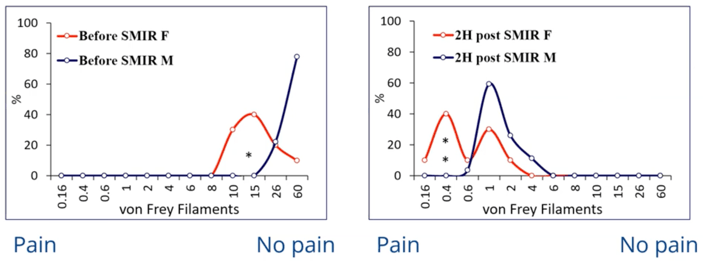
Figure 3: Response to mechanical stimuli before and after skin incision muscle restriction of male and female pigs.
Females and males also respond differently to some pain drugs, with males demonstrating dose-dependent behavior. These disparities matter but are not addressed in preclinical studies.
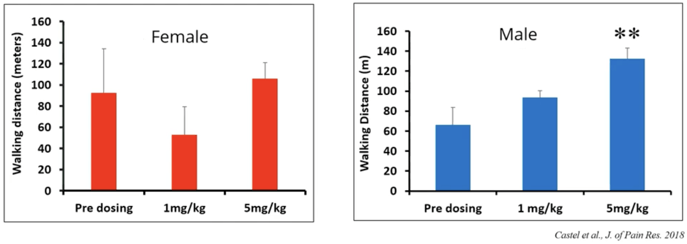
Figure 4: male pigs show dose-dependent behavior to a common pain treatment
Design studies to incorporate diversity
There is a trend in more pain studies using both sexes in preclinical research. At MD Biosciences , we address these disparities. Focusing on variables like age, genetic diversity, comorbidities, and sex, play a critical role in shaping patient responses to therapeutics. By adding diversity to your studies early on, you will not only enhance your research but also increase your chances of clinical success.
To learn more, visit this webinar or speak to a scientist.
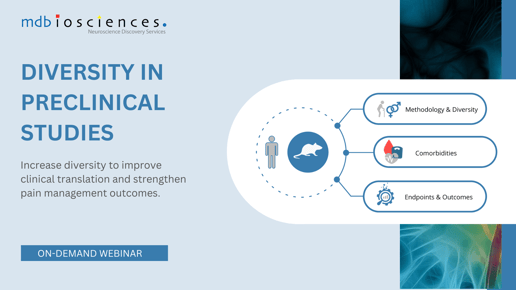
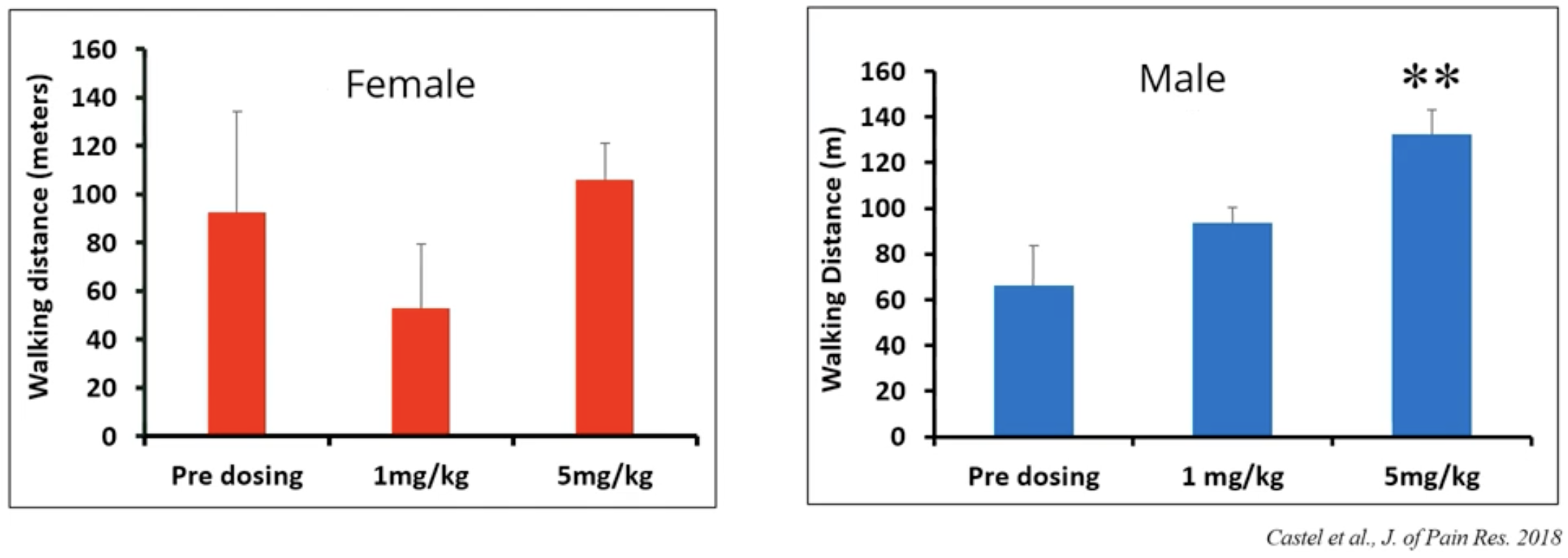



 Figure 1: Differences in preclinical versus clinical studies
Figure 1: Differences in preclinical versus clinical studies


